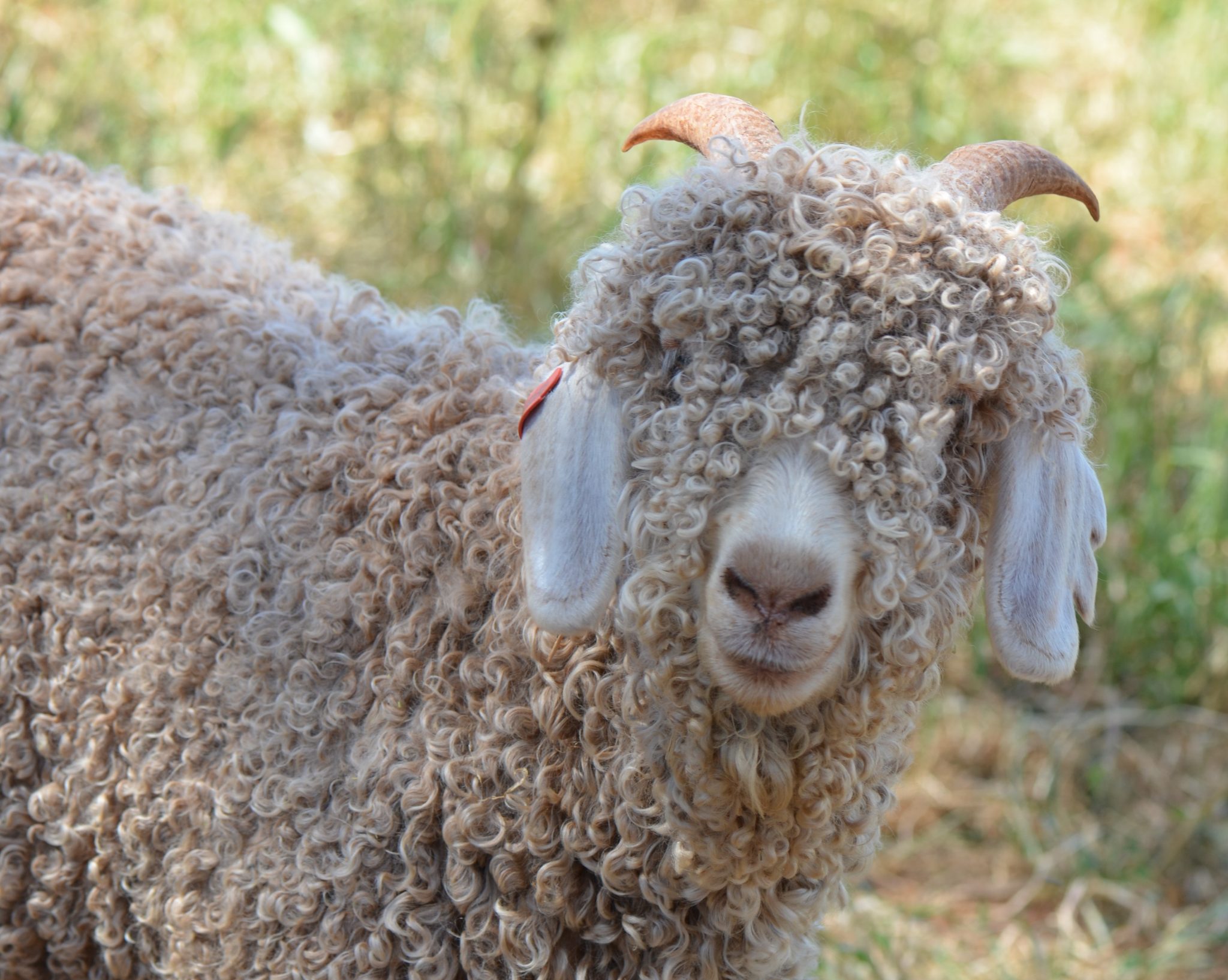Protecting strong export markets for Australian cashmere and mohair products hinges on fostering customer loyalty and clear market expectations are emerging around sustainability.
New guidelines on sustainable goat fibre production released by AgriFutures Australia aim to help goat fibre producers meet customer expectations around animal health and welfare, social welfare and environmental stewardship.
AgriFutures Australia Senior Manager, Dr Mila Bristow, said proactive animal welfare may include well-designed and maintained infrastructure and equipment which prevents escape, injury, slips and falls.
“The best on-farm set ups accommodate goat behaviour, which can differ significantly from sheep. Repurposed sheep and cattle facilities should take these behaviours into account,” said Dr Bristow.
“We want goat fibre producers to understand that the new guidelines are designed to protect markets and promote safety for both animals and their handlers.”
“The end game is long term profitability, underpinned by measurable productivity gains to help ensure economic resilience and long-term supply of quality products.”









